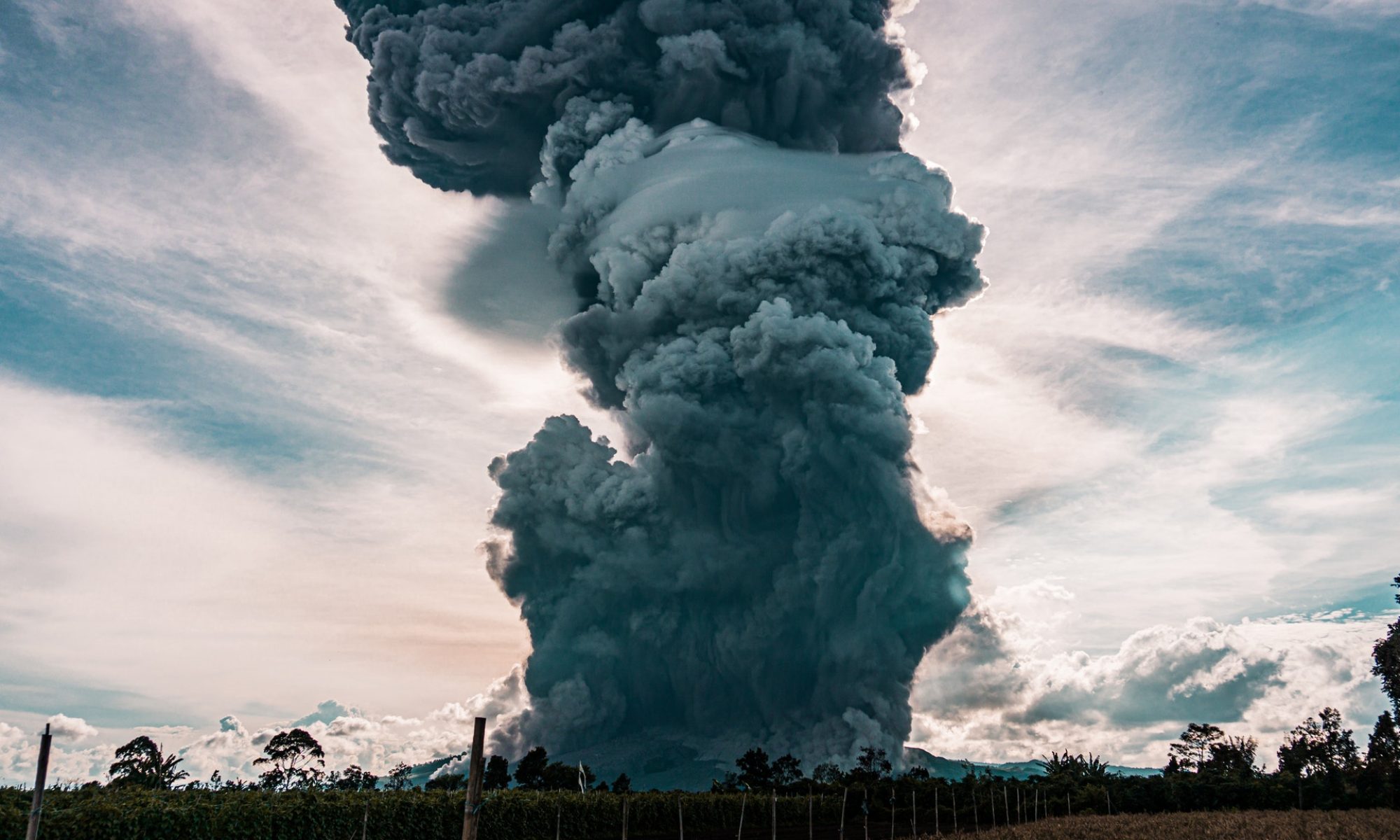R4AsH aims to significantly reduce the uncertainties involved in forecasting the dispersion of volcanic plumes by addressing the fundamental challenge of quantifying the source term used to initialise dispersion models, and characterising the uncertainties involved. We will tackle this via three main objectives:
(1) Develop a powerful new approach to quantify uncertainty in model forecasts by linking inversions of macro-scale dispersion models (constrained by satellite data) to detailed forward models of plume evolution that operate over the meso-scale (i.e. from eruption up to the ‘source term’ region).
(2) Quantify and reduce dispersion model source term uncertainties by applying the approach to case studies to gain insight into the effects of temporal eruption variability, near-vent particle aggregation and down-wind plume processes that evolve the dispersing particle size distribution.
(3) Develop the potential for near-real-time 3D measurement of source term parameters by deriving a new multi-frequency radar inversion algorithm and demonstrating the uncertainty constraints that it will provide through simulation of real world eruption case studies.
By working with the UK Met Office (London Volcanic Ash Advisory Centre, VAAC) and Project Partners who develop dispersion models used at other VAACs, our advances will improve hazard mitigation capability for volcanic plumes and will provide a direct route to transforming our understanding of plume processes through continuous 3D imaging.
